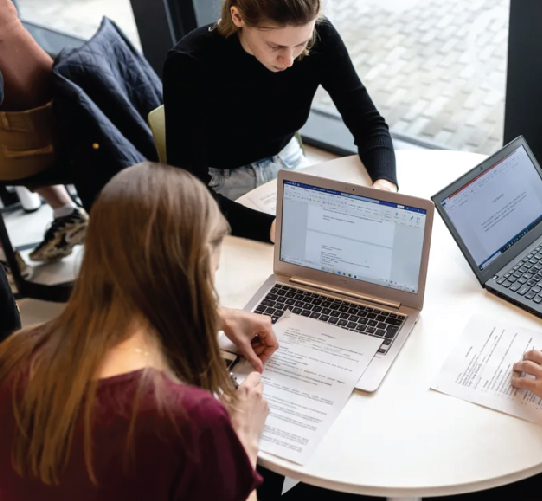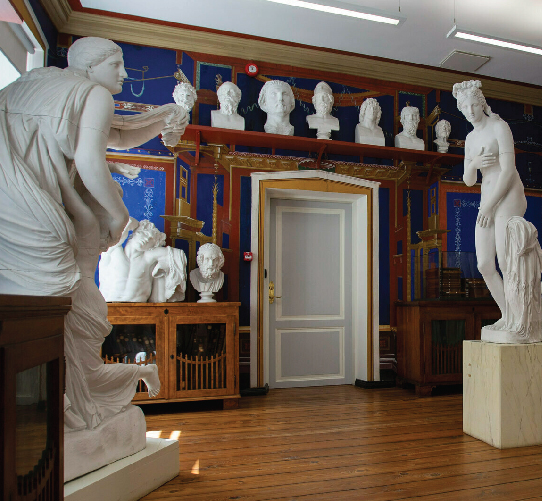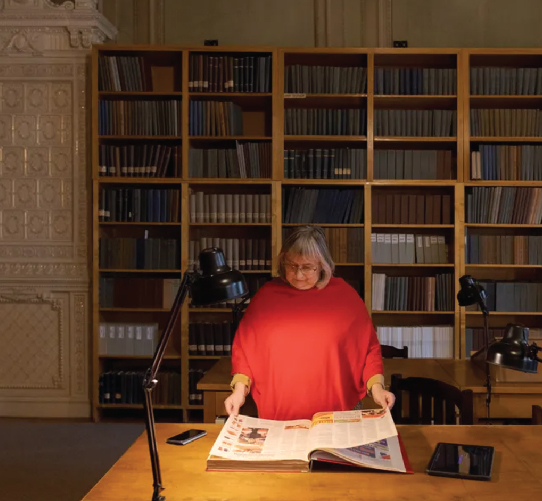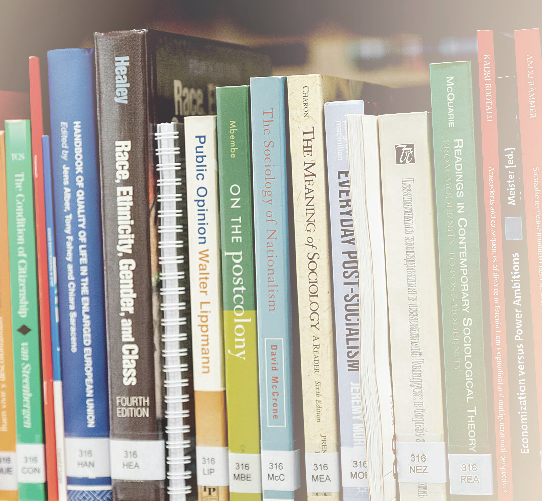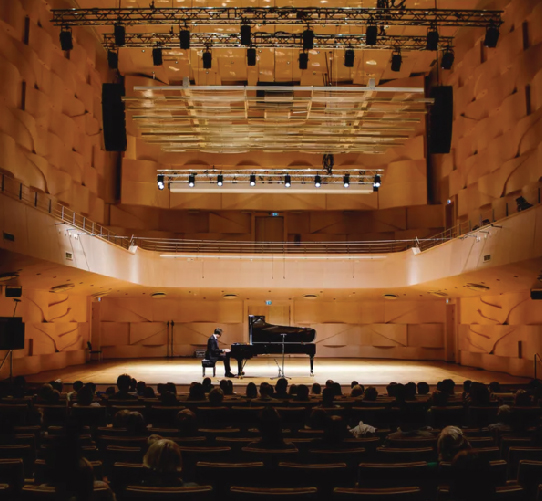Tartu Ülikooli
digitaalarhiiv ADA
ADA, Tartu Ülikooli digitaalarhiivi sisuks on peamiselt Tartu Ülikooli monograafiad, doktoritööd, üliõpilastööd, lõputööd, magistritööd, õppematerjalid, Tartu Ülikooli raamatukogus digiteeritud materjalid ning Tartu Ülikooli teadlaste isikuarhiivid. Digitaalarhiivis olevaid materjale hoitakse turvaliselt ja varustatakse püsilingiga. Teenuse haldamise ja arendamisega tegeleb Tartu Ülikooli raamatukogu.

Valdkonnad ADAs
Valige valdkond, et selle kogusid sirvida.

